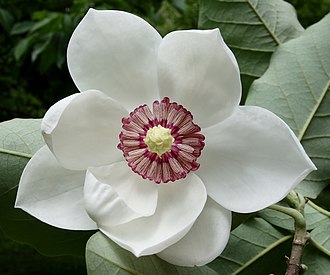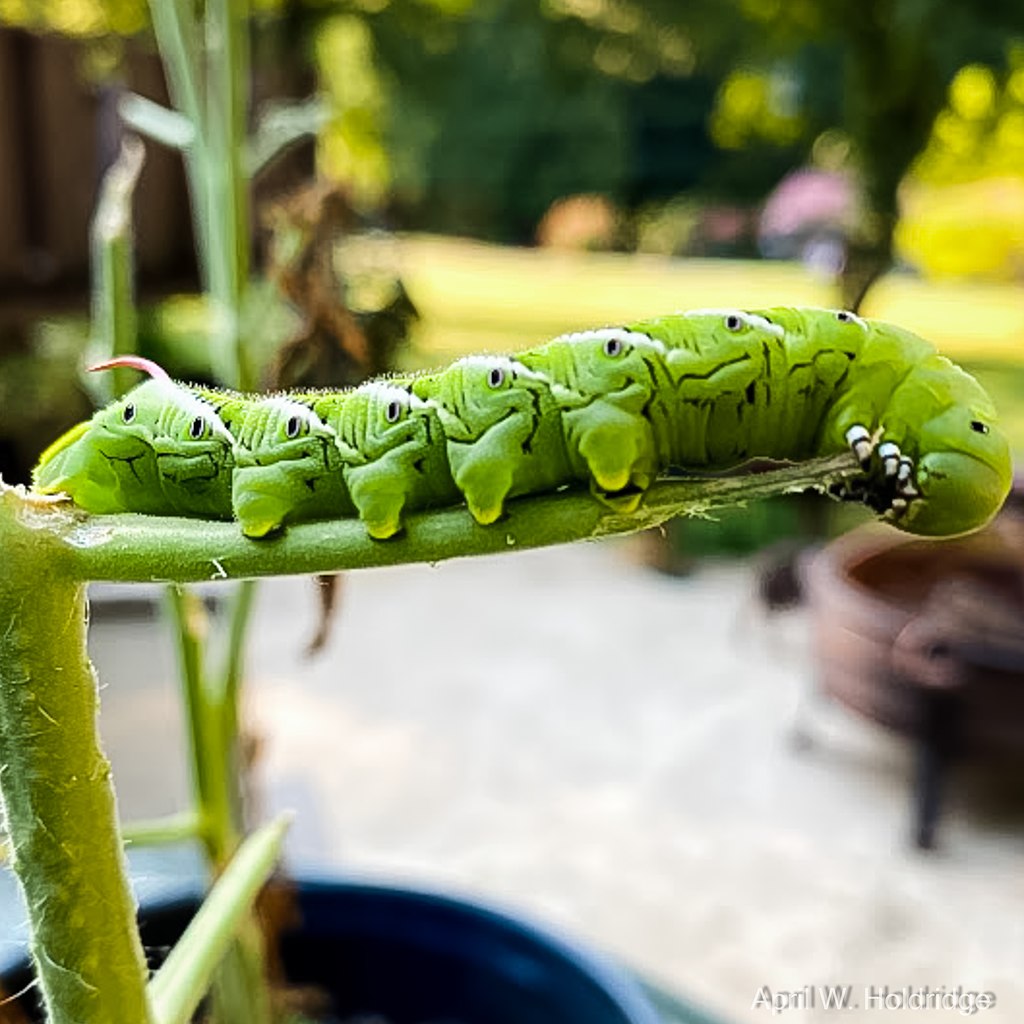There is something about terp alcohols that I find irresistible. And I’m not the only one. Take the sesquiterpenoid nerolidol, for example. The red spider mite digs it [1], and so does the tobacco hornworm [2]. The mite watches over his anticipated mate while she still resides in her cocoon, nerolidol oozing from the silky structure. The hornworm sniffs for it because it can lead her to her chosen food sources in the solanaceous or nightshade family, including tobacco, tomatoes, eggplants, and peppers. It has a cousin called the tomato hornworm that’s in the Northeast United States, and I can tell you from experience that the worm couldn’t care less if it ate up some of your hot peppers.
Peppers and tomatoes contain nerolidol. So do lavender, jasmine, and magnolia plants. Just like with cannabis, terpenes and terpenoids provide these plants with an arsenal. Scientists exploited this in the model plant Arabidopsis. [3] They genetically caused the enzyme linalool/nerolidol synthase to migrate into the energy factories of the plant cells (mitochondria) where was housed a key ingredient in the biosynthesis of nerolidol, farnesyl diphosphate.
These genetically empowered plants emanated more nerolidol (and a molecule called 4,8-dimethyl-1,3(E),7-nonatriene) than did the wild-type Arabidopsis control. The scientists infected their plants with spider mites. The scent from the modified plants proved to be more intoxicating to predatory mites who swarmed in larger battalions to attack and consume the plant-eating mites. Wild-type Arabidopsis plants that did not release the nerolidol cocktail were of little interest to the predatory mites, despite their being crawling with their natural mite enemy.
Nerolidol isn’t just for the bugs, as it provides wellness properties for treating diseases all too common in our world, including anxiety [4] and cancer [5]. When 442 cannabis users were surveyed as to their favorite cultivars for treating their anxiety, they pointed predominantly to the Kush family. [4] Nerolidol was measured to be the dominant terpene/terpenoid in the cultivars surveyed to be the best, and the researchers found that the terpenoid decreased anxiety to statistical significance.
Nerolidol extracted from green tea has demonstrated anti-cancer properties. [5] In this study, researchers evaluated the efficacy of nerolidol and other volatiles found within green tea against human breast and cervical cancer cells. Although many of these anticancer studies are done in Petri dishes using human cells or in animal models, the powerful properties of nerolidol and many other terpenes are worthy of greater respect and greater scientific investigation.
This is just a taste of what nerolidol can do. As more cannabis producers look to enhance their products with terpenes, take note of what terpenes are dominant in the plants and products that resonate with you. You may just find that many of your other favorite plants contain the same terps.
References
[1] Regev S, Cone W. Analyses of pharate female twospotted spider mites for nerolidol and geraniol: Evaluation for sex attraction of males. Environmental Entomology. 1976;5(1):133–138. [journal impact factor = 2.377; times cited = 22][2] Shields V, Hildebrand J. Responses of a population of antennal olfactory receptor cells in the female moth Manduca sexta to plant-associated volatile organic compounds. J. Comp. Physiol. [A]. 2001, 186:1135–1151. [journal impact factor = 1.571; times cited = 139]
[3] Kappers IF, Aharoni A, van Herpen TW, Luckerhoff LL, Dicke M, Bouwmeester HJ. Genetic engineering of terpenoid metabolism attracts bodyguards to Arabidopsis. Science. 2005;309(5743):2070-2072. [journal impact factor = 41.845; times cited = 477]
[4] Kamal BS, Kamal F, Lantela DE. Cannabis and the anxiety of fragmentation-A systems approach for finding an anxiolytic Cannabis chemotype. Front Neurosci. 2018;12:730. [journal impact factor = 3.566; times cited = 13]
[5] Kubo I, Morimitsu Y. Cytotoxicity of green tea flavor compounds against two solid tumor cells. Journal of Agricultural and Food Chemistry. 1995;43:1626-1628. [journal impact factor = 5.279; times cited = 35]
Image Credit: William (Ned) Friedman, CC BY-SA 4.0, via Wikimedia Commons; April W. Holdridge, CC BY-SA 4.0, via Wikimedia Commons









